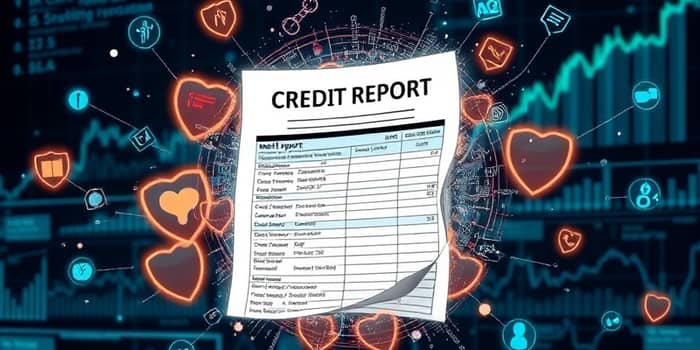
As the credit reporting industry navigates the shifting regulatory landscape of 2025 and beyond, stakeholders must remain vigilant about the evolving rules that govern consumer data, scoring models, and market practices. From medical debt exclusions to expanded privacy measures, these changes carry profound implications for lenders, agencies, and consumers alike.
In this comprehensive analysis, we explore the drivers behind key reforms, examine market dynamics, highlight technological innovations, and offer insights into the future of credit reporting. By understanding these forces, financial institutions and individuals can adapt strategies to thrive in a more transparent, fair, and secure environment.
Effective March 17, 2025, the CFPB enacted a groundbreaking amendment to Regulation V under the Fair Credit Reporting Act (FCRA). This CFPB rule on medical debt reporting sharply restricts creditors’ access to and use of medical debt information, fundamentally transforming credit bureau datasets.
Under the new framework, consumer reporting agencies are prohibited from reporting medical debt in most circumstances, eliminating a prior exception that had allowed some medical debts to appear on credit files. Lenders can no longer leverage medical billing records to influence credit decisions, protecting consumers from inaccurate or disputed claims and coercive collection tactics.
Certain legitimate applications remain permitted, such as verifying forbearance arrangements or processing medical loan transactions. These carve-outs ensure that necessary medical financing tools continue uninterrupted while safeguarding consumer rights.
Beyond medical debt, the CFPB has signaled an intent to broaden Regulation V’s reach, potentially encompassing nontraditional data sources and privacy issues that extend into national security territory. These proposals have elicited debate among advocacy groups and industry bodies.
As regulators fine-tune rulemaking details, market participants must monitor policy developments to ensure both compliance readiness and active engagement in the public comment process.
The credit reporting industry is poised for significant growth in the United States and globally. Driven by consumer demand, technological innovation, and regulatory impetus for transparency, market value projections underscore a robust expansion trajectory.
These figures illustrate both the resilience and the growth potential of credit reporting services. The concentration among ten Nationally Recognized Statistical Rating Organizations (NRSROs) highlights an industry structure where scale and issuer-pay models dominate. While profitable, this model has faced scrutiny for possible conflicts of interest, leading to calls for enhanced oversight and fairness.
Regulatory mandates are a key catalyst for agencies to invest in cutting-edge technology. By leveraging advanced solutions, firms can improve accuracy, strengthen security, and meet evolving compliance requirements.
Notably, major scoring giants FICO and VantageScore have already adjusted their algorithms to minimize medical debt’s weight, anticipating regulatory restrictions. This proactive approach demonstrates how technology and policy can align to deliver fairer outcomes.
The regulatory overhaul has drawn a spectrum of responses. Consumer advocates celebrate enhanced privacy protections and the elimination of unfair medical debt impacts. For many families, small errors in billing can now no longer derail vital credit access.
Conversely, some industry voices caution against expanding the regulatory boundary too far. They argue that overly broad privacy rules could stifle innovation in credit assessment, limit access to legitimate underwriting data, and increase compliance costs that ultimately burden consumers through higher fees.
Engagement in policy discussions remains vital. Lenders, agencies, and consumer groups must collaborate with regulators to craft balanced frameworks that safeguard rights without foreclosing the development of more inclusive credit models.
Looking ahead, the interplay between regulation, technology, and market demand will shape the next era of credit reporting. Consumers stand to benefit from more transparent score disclosures, detailed adverse action notices, and the inclusion of alternative data that can boost approval rates for underserved populations.
Open banking initiatives and data portability mandates may further empower individuals to share verified financial records with fintech innovators, unlocking new credit products and personalized lending solutions. Meanwhile, stronger data security protocols will help curb the rising tide of identity fraud.
To navigate this transformative period, stakeholders should adopt a proactive stance:
By embracing these strategies, the credit reporting ecosystem can evolve into a more equitable, secure, and innovative domain—one that balances the needs of borrowers, lenders, and regulators in service of a healthier financial system.
In sum, the 2025 regulatory wave represents both a challenge and an opportunity. Organizations that adapt swiftly and creatively will not only satisfy compliance mandates but also build lasting trust with consumers and partners. The future of credit reporting lies in harmonizing policy, technology, and human-centered design to deliver fair access and sustainable growth.
References













